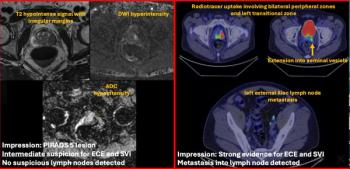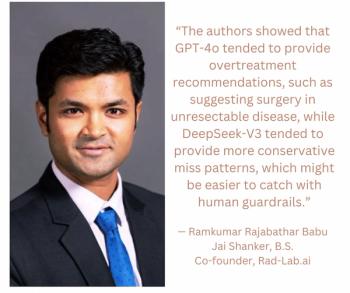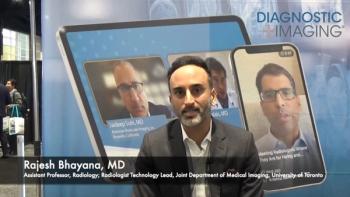
MRI Technique Can Estimate Liver Fat in Children
Advanced magnitude-based MRI can help physicians estimate liver proton density fat fraction in children with NAFLD.
Advanced magnitude-based MRI can be used to estimate liver proton density fat fraction (PDFF) in children with nonalcoholic fatty liver disease (NAFLD), replacing the need for a liver biopsy, according to a study published in the journal
Researchers from UC San Diego School of Medicine designed a study to evaluate the correlation and diagnostic accuracy of MRI-estimated liver PDFF, a biomarker for hepatic steatosis, compared with histologic steatosis grade in children.
"Currently, diagnosis of NAFLD requires a liver biopsy, which is not always available or performed. This leads to both misdiagnosis and missed diagnoses, hampering patient care and progress in clinical research," first author Jeffrey B. Schwimmer, MD, professor of clinical pediatrics at UC San Diego and director of the Fatty Liver Clinic at Rady Children’s Hospital-San Diego, said in a release. "Thus, a noninvasive method for diagnosing and/or evaluating NAFLD has the potential to impact millions of children."[[{"type":"media","view_mode":"media_crop","fid":"31791","attributes":{"alt":"Jeffrey B. Schwimmer, MD","class":"media-image media-image-right","id":"media_crop_9222820802317","media_crop_h":"0","media_crop_image_style":"-1","media_crop_instance":"3349","media_crop_rotate":"0","media_crop_scale_h":"0","media_crop_scale_w":"0","media_crop_w":"0","media_crop_x":"0","media_crop_y":"0","style":"height: 214px; width: 160px; border-width: 0px; border-style: solid; margin: 1px; float: right;","title":"Jeffrey B. Schwimmer, MD","typeof":"foaf:Image"}}]]
A total of 174 children (mean age 14.0) were included in the study. Each patient underwent both MRI-estimated PDFF and standard liver biopsy to measure PDFF. The researchers compared the results.
The results showed that liver PDFF that was estimated by MRI was significantly correlated with steatosis grade. “The correlation of MRI-estimated liver PDFF and steatosis grade was influenced by both sex and fibrosis stage. The correlation was significantly stronger in girls (0.86) than in boys (0.70),” the authors wrote. “The correlation was significantly weaker in children with stage 2-4 fibrosis (0.61) than children with no fibrosis (0.76) or stage 1 fibrosis (0.78).”
"Advanced magnitude MRI can be used to estimate PDFF in children, which correlates well with standard analysis of liver biopsies," Schwimmer said. "We are especially excited about the promise of the technology for following children with NAFLD over time. However, further refinements will be needed before this or any other MRI technique can be used to diagnose NAFLD in an individual child."
Newsletter
Stay at the forefront of radiology with the Diagnostic Imaging newsletter, delivering the latest news, clinical insights, and imaging advancements for today’s radiologists.




























